By Simon Staton, client management director at Venson Automotive Solutions
Seasoned fleet professionals may reflect on their career and realise that the role they are in now, bears little resemblance to the job they started in their fledgling days in fleet.
Fleet is shaping into a dynamic and technologically driven discipline. That’s why it is so important for fleet professionals and trade associations to keep abreast of the attitudes and mindset of the future fleet generation.
From sustainable driving solutions to connected and automated mobility and car ownership patterns, businesses need to know what future fleet drivers’ think and reflect their attitudes towards mobility into long term strategic thinking.
A recent collaborative study between Venson and one of our local schools, Tiffin School, could help fleet professionals do just that.
It has highlighted some illuminating, forward thinking attitudes from today’s 17-year-olds, who clearly put sustainability first, while not being afraid to look future mobility in the face.
Some things don’t change, however, namely the drive to get behind the wheel in search of independence. 89% of sixth form students hope to pass their driving test soon and own a car in the next 10 years.
Nevertheless, fleet providers considering car-sharing solutions as part of their future strategy will be interested to hear that 67% of students say having access to a car is as good as owning one.
After all, a car is usually the second most expensive thing people ever buy after a house and Gen Z understands this, which is why 78% say their generation is open to car-sharing and PAYG rental. The obstructive cost of car ownership, however, also means that fleets can have influence when it comes to staff recruitment, in fact 78% say a company car makes a job offer more attractive.
Of course, fleet professionals are already navigating board level expectations to drive sustainability and reduce emissions. The pressure does not stop there, however.
As tomorrow’s workforce enter the jobs market, they will bring with them strong expectations for sustainable transport solutions. Insight from the joint venture between Venson and Tiffin School reveals 100% of future fleet drivers agree that the future of transport should be focused on protecting the planet.
For fleet professionals, this could be viewed as a challenge and an opportunity. Aligning fleet decisions with sustainability goals not only supports corporate ESG commitments but has the potential to help attract and retain future top talent.
Meanwhile, as the Government fast-tracks self-driving vehicle trials, it is clear that tomorrow’s fleet drivers are not fazed by the technology. 56% of students saw automated driving as a positive step for road safety.
This is much higher than the result of a recent adult survey, where only 24% agreed that automation would improve road safety.
The percentage of students who said they would feel safe in a safe-driving car was also more than double the all-adult average, 44% compared to just 20%.
With health and safety at the forefront of fleet professional’s agenda, this could be viewed as a positive step. Indeed, in America, Waymo has completed over 20 million miles of autonomous driving, reportedly with 73% fewer injury-causing crashes than human drivers.
The positive attitude of future drivers towards self-driving doesn’t stop there. 78% agreed that self-driving cars will enable people to make better use of time when getting from A to B, for example, working.
The ability for fleet ‘motorists’ to work while in transit, or schedule essential downtime could become a catalyst for improved business efficiency, wellbeing, and smarter time management.
Granted, many of these future technologies may seem a long way off. But reflecting on how far fleet has already travelled in the last couple of decades, it is easy to see, autonomous and self-driving vehicles, once seen as futuristic, now present real potential to deliver gains in sustainability, operational efficiency, and road safety.
That’s why keeping abreast of the expectations and attitudes of tomorrow’s drivers, today, is essential. Their perspectives will help shape the adoption of innovative technologies, influence policy, and ultimately define what the future of fleet looks like.



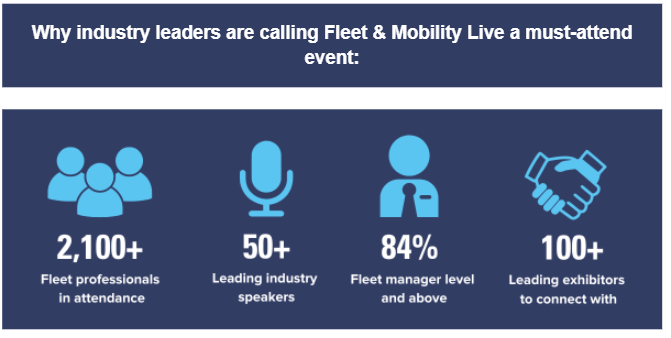

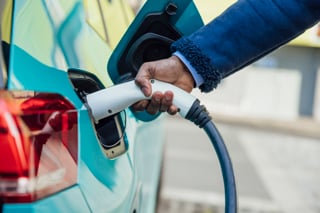



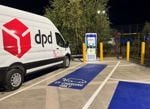

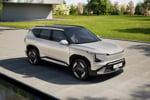


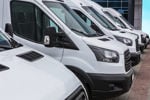

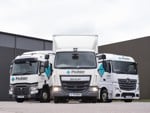

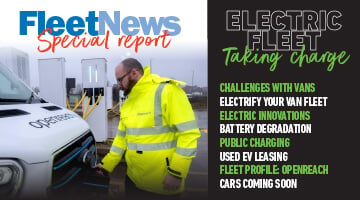
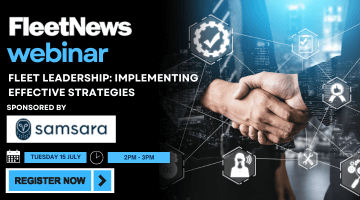
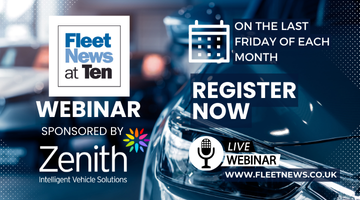
Login to comment
Comments
No comments have been made yet.